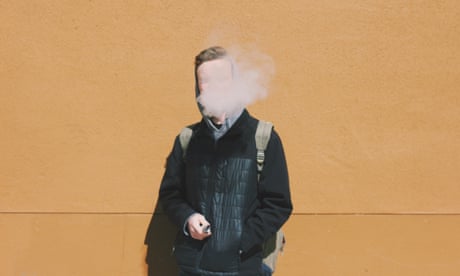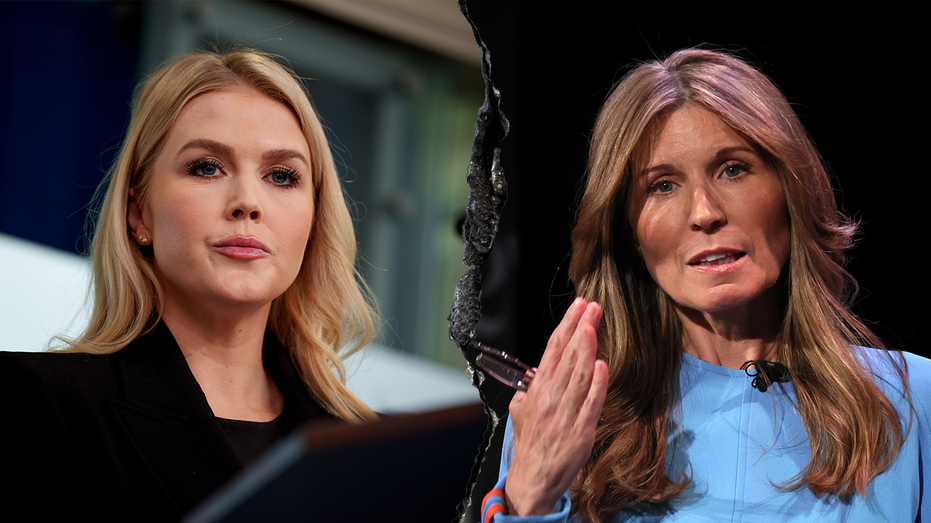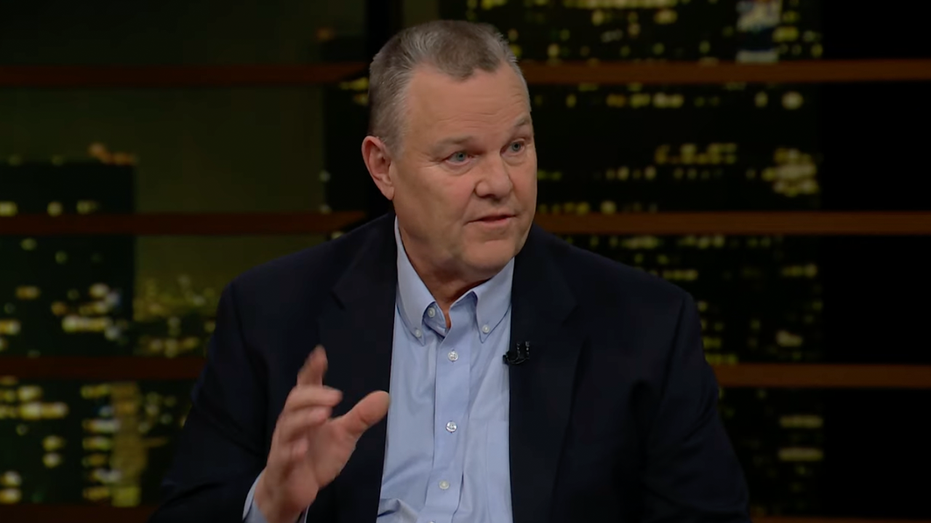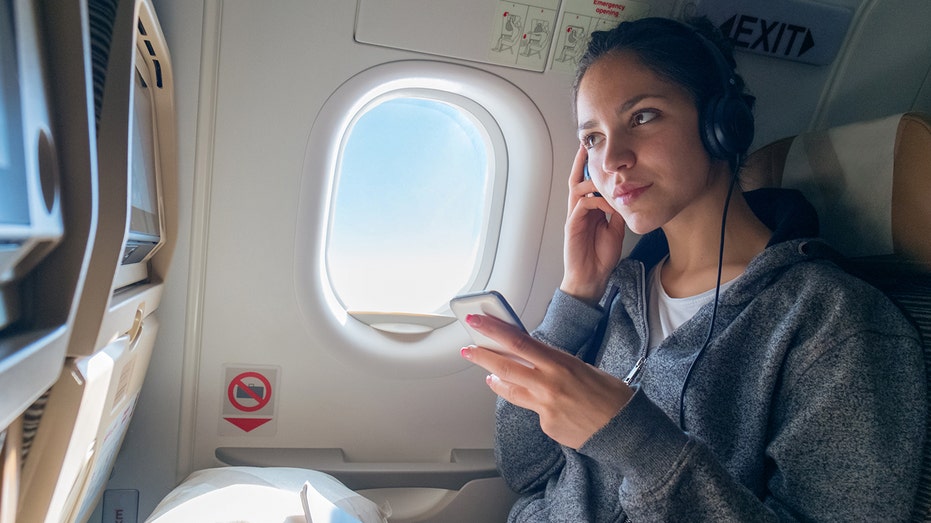- by foxnews
- 09 Mar 2025
Teens and vaping: ‘We would have had a nicotine-free generation’
Teens and vaping: ‘We would have had a nicotine-free generation’
- by theguardian
- 25 Jun 2022
- in news

Ben wants to quit vaping. He has a few times already. It's easy, he says, despite the tremors and headaches, feeling hot then cold, the irritability. But then he says vapes - also known as e-cigarettes - containing nicotine are so easy to get despite being illegal to sell in Australia without a prescription, he's confident he can quit any time. So he starts it up again.
Ben* is 17, and has been using vapes containing nicotine for two years. "At the beginning, it's just like trying to look cool and stuff, but then it does sort of become pretty intense," he says. It started as a "fun little thing", buying a vape that contained 300 one-second "puffs". One would last him a week. Three months later, he would go through one of those in a single day.
Now he's buying vapes containing 1,800 puffs from vape shops and tobacconists, and he can use one of those up in around four days.
He knows it's damaging his health. "I recently came down with the flu and ever since then my lungs, they've been not in the best shape." He's heard of others who had strokes linked to vaping. He knows about "popcorn lung" - a scarring of the lungs associated with the chemical diacetyl, which used to be found in commercial popcorn brands and has been found in some vape flavours. He's seen the public health ads talking about the hazardous chemicals in vape liquid.
But still Ben can't stop vaping. He wants to quit "100%". He says there's no health benefit from taking nicotine. "I think we would have had a completely nicotine-free generation if vapes weren't invented."
Nicotine is a highly addictive chemical. Teenagers like Ben - their young brains, bodies and lungs still developing - can become dependent incredibly quickly once the chemical has sunk its claws in them.
Young people have the potential to turn into lucrative long-term vaping customers, argues Prof Renee Bittoun - a tobacco treatment specialist at Avondale University and the University of Notre Dame. "Recruiting a 12-year-old into this is a really good business model because they'll become dependent on it, need to buy it every day, and that becomes their consumer," she says.
"The vapes today that they're manufacturing are so sophisticated that they deliver nicotine into the lungs, very deep into the lungs," Bittoun says. From there, the nicotine moves quickly into the bloodstream, and is delivered straight to the brain in a massive rush - much faster than from a cigarette - where it interacts with nicotinic acetylcholine receptors.
When these receptors are stimulated, more of them get produced. And the more of them that get produced, the more nicotine is needed to bind to them. This creates the cravings that can kick in barely hours after a puff, as nicotine is quickly broken down in the body. "That makes it very dependence-producing, that speed of delivery," Bittoun says.
It also makes it easy to absorb large amounts of nicotine in a single puff, which can lead to what users call "nic-sick": nausea and vomiting from nicotine toxicity. It can even cause seizures. Just this month one such seizure is believed to have afflicted a Sydney high school student in the school toilets.
Uncontrolled vomiting was what finally confirmed to Natasha that her 13-year-old son Olly* was vaping. "Olly's never vomited, even as a baby," she says. But when he experienced a prolonged bout of vomiting while out with friends, she realised that the vaping she had suspected was out of control.
Olly was trying to hide it, but Natasha would occasionally find a vape under his pillow at home. "They haven't been around that cigarette industry like we did as kids," she says. "[They have] no idea of the dangers." She worries that the addiction is creating even more anxiety and mental health issues in young people still dealing with the effects of the pandemic and lockdowns.
Olly started vaping because his friends and other kids were doing it. It made him feel "relaxed and happy", he says - "at first". But then he had two episodes of being nic-sick, and was getting headaches. He was also getting withdrawal symptoms in between vaping sessions, feeling "anxious like you really want one, stressed about how to get one", Olly says.
He's been trying to quit - and at the moment has been off the vapes for two weeks - but it's not been easy. "[It's] very hard, it's very addictive."
The first e-cigarette was developed by a chemist in China in 2003, and marketed as an alternative to cigarettes or a way to quit smoking. But what started as a smoking cessation device has mutated into what many, including the Australian Medical Association, the American Medical Association and the US Centers for Disease Control are calling a public health crisis of its own.
In 2017, a nationwide survey of more than 20,000 Australian high school students found around one in seven had tried e-cigarettes, and one-third of these said they had used one in the past month. Anecdotally, New South Wales teachers in some schools estimate 20%-60% of students are vaping. A 2021 survey of more than 7,700 New Zealand teenagers found 10% were vaping at least monthly, and 6% at least weekly.
But around half of these e-cigarette users have never smoked a cigarette. Banks says e-cigarettes are a "tale of two cities". Older e-cigarette users - people over 26 years - may well start vaping because they are trying to quit or reduce their cigarette use, or are "dual users" where they use e-cigarettes for situations where they can't smoke.
Few teens are even smoking: the 2017 Australian survey found only 3% of the high school students were committed smokers, and only 18% had ever smoked a cigarette.
Nicotine in any form still comes from tobacco, and the tobacco industry is heavily involved in the e-cigarette market overseas (for instance, British American Tobacco, BAT, launched its Vuse e-cigarette brand in 2013, and last year declared it had become a global market leader by value share).
While proponents claim e-cigarettes are a harm-reduction solution, turning people away from using traditional cigarettes, many studies also suggest that vaping is a gateway to that other form of nicotine consumption: smoking. Banks' research suggests that people who never smoked before taking up e-cigarettes are three times more likely to start smoking and stay with it than people who don't use e-cigarettes.
"If you've got something that's generating new smokers at the beginning, you've then got the problem that's going to go for their lifetime," she says.
This is the fear that haunts those who have fought the internecine war against the tobacco industry; that all their many victories over the past decades will go out the window.
"When I started back in 1982 on smoking, about 25% of 12- to 17-year-olds were regular smokers, and now it's down to just under 5%, which is a huge decrease," says Maurice Swanson, the CEO of the Australian Council on Smoking and Health. "But this vaping epidemic has the potential to really ruin that major public health achievement."
E-cigarettes containing nicotine are illegal in Australia, unless you have a doctor's prescription and get them from a pharmacist. The laws vary slightly from state to state, but one constant is that nicotine-containing e-cigarettes in any form cannot be sold to those under 18 years.
NSW Health confirmed to Guardian Australia that as of the end of May 2022, more than 2,880 retailers had been licensed to sell e-cigarettes in that state, but others do so without a licence. Ben says the shops he goes to don't ask for ID. Others report it is not difficult to buy nicotine-containing e-cigarettes online without a prescription.
Swanson is furious at how readily available e-cigarettes are for children. "Where's the compliance, where are the inspectors of the respective tobacco control teams in the state governments?" he says. "Why aren't they doing that job?"
Some are starting to crack down. NSW Health recently announced it had seized more than $3m worth of illegal e-cigarettes and nicotine-containing liquid since July 2020, and warned retailers that "if they are acting illegally, they will face the consequences". Some $1m worth of those seizures has occurred this year alone. Between January and the end of May, NSW Health successfully prosecuted seven retailers for selling liquid nicotine.
Australia is a signatory to the WHO Framework Convention on Tobacco Control which, among other measures, requires a total ban on all tobacco advertising and promotion. But that does not necessarily apply to the young people posting videos on TikTok and Instagram showing them manipulating magical swirls of vape smoke, glamourising and normalising - rather than selling - e-cigarettes.
It is almost an art form in itself, says Dr Timo Dietrich, the director of the Blurred Minds initiative at Griffith University, but it represents a difficult area to regulate. "It comes from young people that just put positive content around vapes up on social media channels, and so the marketing is done for the organisation." This is much harder to police. "The cards are stacked against us when it comes to the internet and trying to regulate that."
Regulating what goes into e-cigarettes is also complex. The majority are manufactured in China, and what goes on the product information label does not always represent what's actually found in the liquid. Associate Prof Alexander Larcombe, a respiratory physiologist from the Telethon Kids Institute in Perth, has done studies analysing the chemicals found in fresh and used e-cigarette liquids. The results, he says, were "scary".
There's 2-Chlorophenol, which in some studies has turned up in the majority of e-cigarettes tested, and is also an ingredient in insecticides and cleaning products. Larcombe found that many of the ingredients - particularly flavourings - have not even been tested for safety in human lungs. "They might be safe enough to put in your biscuits or some of them are in things like cosmetics and soaps and shampoo," he says. "But they haven't been tested in terms of what happens when you heat them to 250 degrees and breathe them into your lungs."
There's already evidence of potential lung damage from two flavouring chemicals, benzaldehyde and cinnamaldehyde (almond/cherry and cinnamon), and both are now banned in Australia.
There's enough evidence for organisations such as the American Heart Association to warn of the risk of long-term lung and heart damage in adolescents who use e-cigarettes, and Australia's National Health and Medical Research Council just this week stated that vapour from e-cigarettes can be harmful while also casting doubt on their effectiveness in helping smokers quit.
But convincing young people to stop vaping because of future health risks isn't easy. Ben is aware of the health risks, but says they don't really worry him, although in the same breath he says he knows he should worry about it.
This makes teen vaping a huge challenge for parents and teachers. Patrick Brennan, the deputy principal at Waverley College in Sydney, says it's important for educators to provide students with the facts and the decision-making skills to make informed decisions about their health. But at the same time, "none of them go, 'I didn't know it was bad for me'," he says. "We couldn't have got in front of them more often."
There is evidence that zero tolerance, at every level, works. "It seems, certainly in the history of smoking, that the more severe the responses, the better the outcome," Bittoun says. Banks notes that countries which have completely banned e-cigarettes, such as Japan and Thailand, have among the lowest levels of adolescent use.
Ben wants vapes to be banned in Australia. "If they were just fully banned, zero import, I think people would go through a few days, maybe weeks of great discomfort, but I think that's what really needs to happen," he says. "The damages that it causes, I think, is probably much worse than like a few days of discomfort."
* Names have been changed for privacy
- by foxnews
- descember 09, 2016
'Speaker scum' on flights sparks debate among travelers: 'This is getting out of hand'
A traveler asked social media users to weigh in on flyers who play audio aloud on their devices and don't use headphones.
read more


